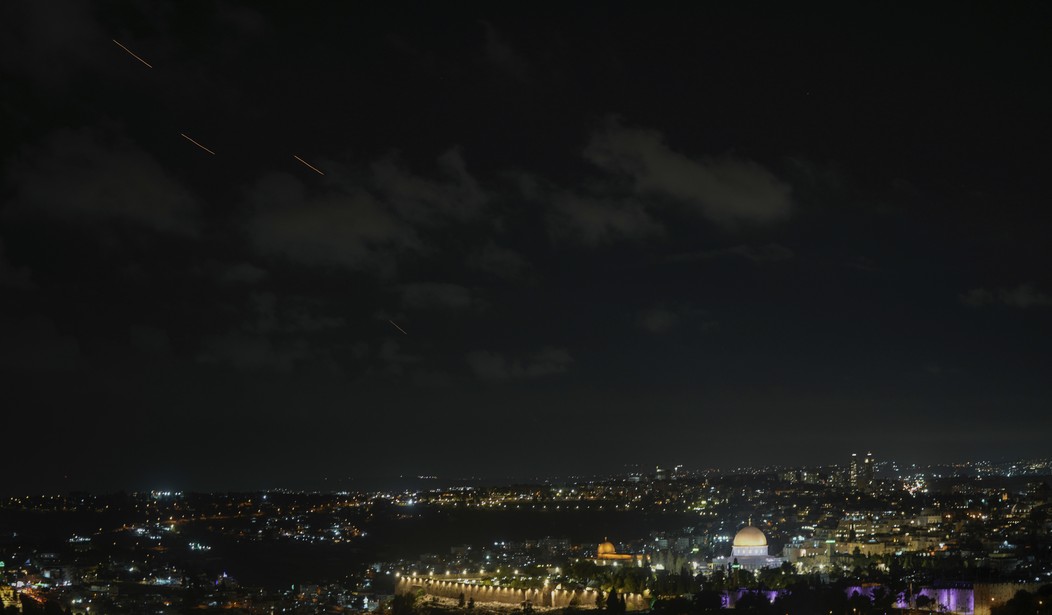The Iranian regime’s fundamentalist Shia mullahs hate many things. They hate Israel, they hate America. They hate Saudi Arabia. But most of all, they hate the Mujahedin-e Khalq (MEK), their main democratic opposition movement, whom they describe as ‘monofin’ or ‘hypocrites’. Over 46 years since they hi-jacked the 1979 revolution and seized power, the mullahs have single-handedly murdered tens of thousands of MEK members and supporters.
In 1988, in one of the worst atrocities in Iranian history, they massacred over 30,000 in the course of a few months, based on a fatwa decreed by the psychopathic Supreme Leader Ayatollah Ruhollah Khomeini. The Islamic Republic’s constitution declares that support for the MEK amounts to “waging war against God” and carries the mandatory death penalty. As key sponsors of international terrorism, the mullahs have even pursued members and supporters of the MEK outside Iran, kidnapping, assassinating, and murdering them at will. The Islamic Revolutionary Guard Corps (IRGC) - the regime’s Gestapo, and the Ministry of Intelligence and Security (MOIS) have spent hundreds of millions of dollars on an international campaign to demonize and traduce the MEK and its affiliates, infiltrating Western academia and deceptively influencing politicians and decision-makers. They have successfully induced leading Western media channels and news outlets to vilify the MEK, often repeating verbatim propaganda dictated in Tehran.
In one typical case, in February 2020, the New York Times ran a notorious piece entitled: “Highly Secretive Iranian Rebels Are Holed Up in Albania. They Gave Us a Tour”. The author of this article had spent 4 days in Albania, visiting the MEK’s home –Ashraf-3, only on his final day. On that occasion, he spent nine hours at Ashraf-3 and visited everywhere he desired freely and without any hindrance. The MEK accepted every request he made and even welcomed him to return the next day. Still, he said he needed to fly back to the U.S. It was, therefore, a great surprise and disillusionment when his lengthy article appeared, containing all the usual, tired and discredited fiction about the MEK, based apparently on the 80% of his time in Albania he had spent interviewing defectors from the MEK, who were known to be recruited and paid by the IRGC and MOIS.
Recommended
He wrote, among other things, that journalists were rarely allowed to visit Ashraf-3, even though hundreds of reporters, politicians, diplomats, family members, and others are frequent visitors to the compound. He claimed that MEK members are held against their will in Ashraf-3 in what he described as a “secretive, closed community.” I have visited Ashraf-3 three times, and it is anything but a secretive, closed community. Indeed, it is a vibrant, open village commune, home to more than 2,500 highly educated and conscientious men and women who have intentionally and voluntarily chosen to sacrifice their personal lives to establish democracy and human rights for their fellow citizens in Iran.
Needless to say, as soon as the article was published, state-controlled media outlets in Iran, including the IRGC-affiliated Fars news agency, Supreme Leader Ali Khamenei’s mouthpiece – the Kayhan Daily, and a dozen Intelligence Ministry websites, jubilantly took turns relaying the piece, which they portrayed as verification of the claims they have been making all along against the main opposition. The hit piece even entered the Congressional Research Service's February 2025 report on the MEK.
It must have come as a massive shock to the author of the article when the star witness in his story suddenly went public with a searing 10-page letter addressed to António Guterres – the UN Secretary-General, in which he detailed how he’d been coerced into criticizing and vilifying the MEK. Abdulrahman Mohammadian (66) specified how the Iraqis had captured him during the Iran-Iraq war and, on his release as a PoW, had chosen to join the MEK rather than return to Iran. He had been a resident in MEK camps in Iraq and was finally among the 3,000 MEK members relocated from Iraq to Albania and Ashraf-3. In 2016, he decided to end his involvement in the struggle, and the MEK provided him with financial support to establish a private livelihood in the Albanian capital, Tirana.
Mr. Mohammadian noted how he had also received support from the UN Refugee Agency (UNHCR) and his family in Iran. In the summer of 2018, he made two unsuccessful attempts to cross the Albanian border into Greece and Croatia. He was arrested on both occasions and sent back to Tirana, where his support from the UNHCR was terminated. In desperation, he sought advice about contacting the Iranian embassy to try to win his repatriation to Iran from other Iranians who had defected from the MEK. Ehsan Bidi and Hassan Heyrani - whom he later discovered were actively collaborating with the MOIS- told him there was no need to visit the embassy directly and that, instead, they could instruct him on what actions to take. They then asked him to write an official declaration of separation from the PMOI according to a text specified by the embassy. His declaration was published on websites affiliated with the Iranian MOIS.
As a footnote, Mr. Bidi was jailed in Albania for about 1.5 years and later expelled to Iran. Mr. Heyrani was deported to Greece by the Albanian government after being detained for a while over his ties with the MOIS.
In February 2019, Mr. Mohammadian was instructed to carry out tasks assigned to him by the Iranian embassy, for which he was paid €300 monthly, later increased to €500 per month. The tasks involved spreading propaganda against the MEK. However, after a period doing the embassy’s bidding, a remorseful Mr. Mohammadian decided to, in his own words: “defend truth and my human dignity by sharing my bitter experiences and observations with you.” In his letter to the UN Secretary-General, he said: “My story exemplifies how Iran employs its agents against PMOI refugees through terrorist conspiracies and political demonization efforts aimed at covering up its crimes.”
Perhaps Mr. Mohammadian’s confession will now stimulate a feeling of remorse in the author of the notorious New York Times article. However, he and other journalists who have fallen for the same ruse are more likely to follow the advice of Friedrich Nietzsche, who said: “Never yield to remorse, but at once tell yourself: remorse would simply mean adding to the first act of stupidity a second.”

























Join the conversation as a VIP Member